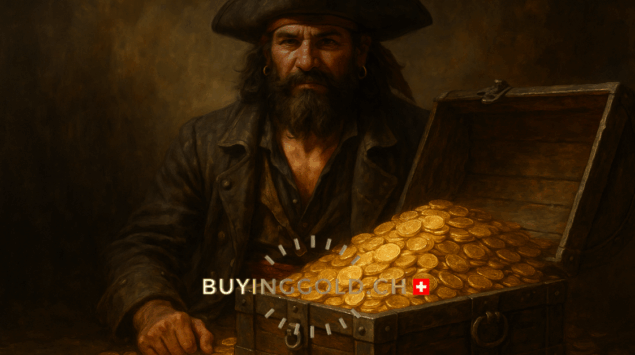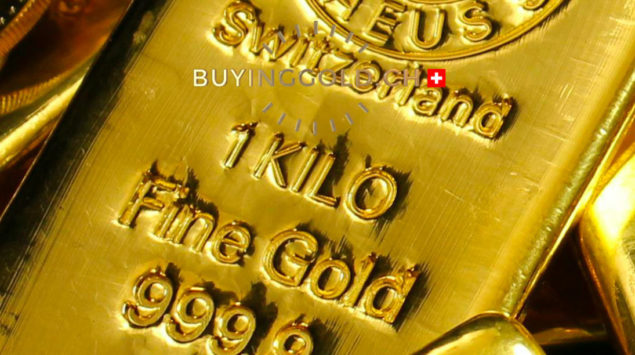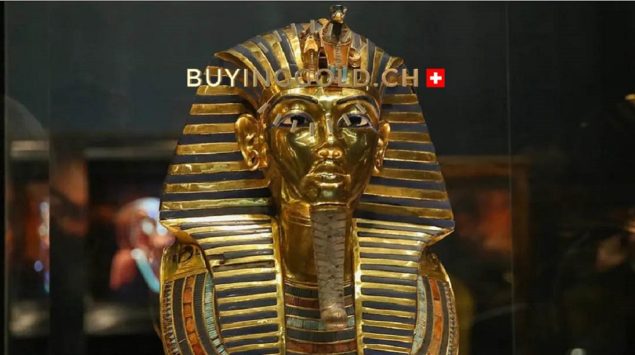
Imagine a single man capable of shaking the global economy — not through weapons or conquest, but through gold. This is the fascinating paradox of Mansa Musa I, Emperor of Mali in the 14th century, whose immense wealth disrupted Middle Eastern markets for an entire decade.
An empire built on gold dust
In the heart of West Africa, the Mali Empire ruled over lands hiding some of the richest gold deposits in the world. Musa, a wise yet ambitious ruler, quickly realized that this metal could become the softest and most powerful weapon of his reign. His name, even today, remains synonymous with boundless prosperity and mystery.
“It is said that his wealth was so vast that no one — not even Arab chroniclers — could measure it.”
In medieval accounts, Mansa Musa is often portrayed as a ruler of almost divine generosity — yet whose fortune, paradoxically, sowed economic chaos.
The pilgrimage that upended the economy
In 1324, the emperor set out to perform the pilgrimage to Mecca — a sacred, yet also political, journey. This voyage would become legendary, not only for its devotion but also for its logistical and financial extravagance.
Some staggering figures:
- 60,000 men accompanied the imperial caravan;
- 12,000 slaves each carried 1.8 kg of gold;
- 80 camels transported gold sacks weighing between 23 and 136 kg each.
As he crossed the Sahara and passed through the great cities of Cairo, Medina, and Mecca, Musa lavishly distributed gold — to the poor, to merchants, to mosques. His goal was not merely charity, but to showcase the might and generosity of Mali to the Islamic world.
When abundance turns to poison
This torrent of gold had unforeseen consequences. By flooding markets with a metal that had once been rare, Mansa Musa caused a sharp drop in gold’s value throughout the region. Arab historians recorded that the price of the precious metal fell by 20 to 25%, triggering a lasting monetary crisis.
| Region affected | Economic consequence | Duration of impact |
|---|---|---|
| Cairo | Massive inflation, disruption of local trade | About 10 years |
| Medina | Decline in gold value and purchasing power | Nearly a decade |
| Mecca | Influx of wealth, but loss of monetary value | Estimated duration: 8 to 10 years |
An inheritance as brilliant as it was fragile
Mansa Musa had, without meaning to, demonstrated an eternal economic truth: too much gold kills gold. His generosity — seen as divine blessing — turned into economic imbalance. Yet his pilgrimage also placed Mali on the world map, captivating the geographers, merchants, and chroniclers of his time.
Golden epilogue
Nearly seven centuries later, his name still shines — a legend at the crossroads of wealth and wisdom. Though Mansa Musa made the price of gold fall, he raised the value of memory: that of a man who, through sheer opulence, forever transformed humanity’s perception of power and abundance.













